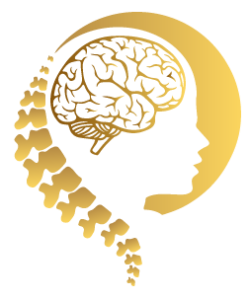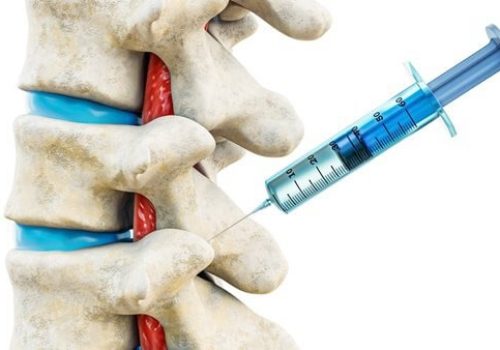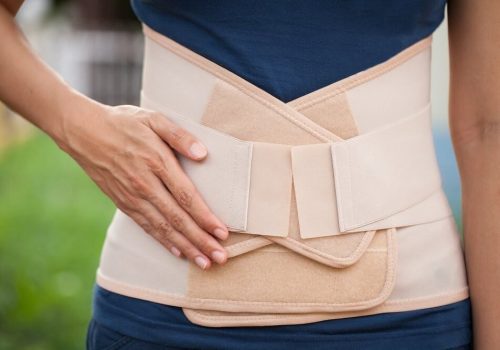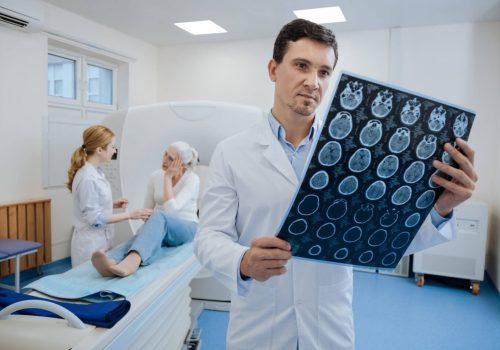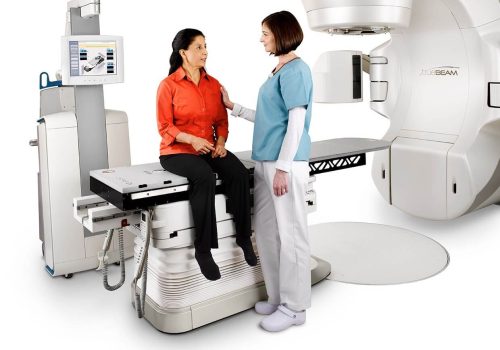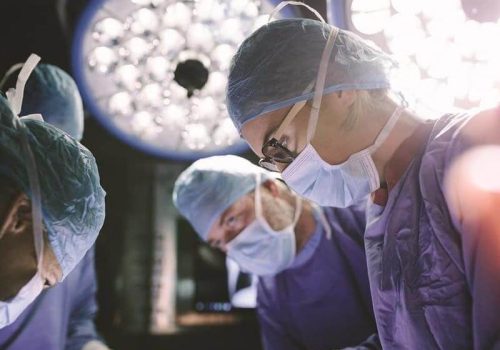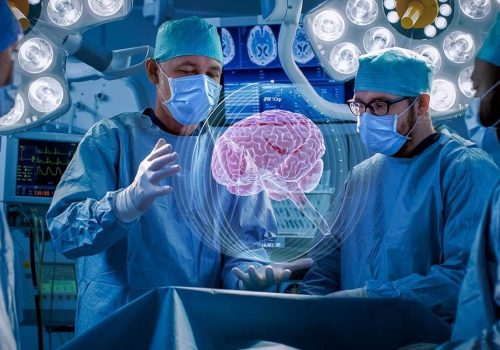- دکتر علی شمسا
- Category: Services

Cervical disc surgery is recommended as a last resort when this cartilage-like disc is cracked or ruptured. In case of injury, the gelatin liquid disc that fills the space between the neck vertebrae is displaced and puts painful pressure on the spinal cord. Due to the irreversibility of this complication, cervical disc surgery is the only possible treatment in many cases.
Table of Contents
Cervical disc diagnostic methods
In order to get a correct diagnosis of the cervical disc, doctors use different methods to give their definite opinion about cervical disc surgery.
- In order to get a correct diagnosis of the cervical disc, doctors use different methods to give their definite opinion about cervical disc surgery.
2. The second way: filling in diagnostic charts
In the next step, the patient is asked to fill in the charts set for this purpose, along with the description of the disease and the extent and location of the pain. In this way, in discovering the location of the symptoms, the doctor achieves more accurate criteria.
3. The third way: X-ray, MRI, CT scan
All these assessment and measurement processes are capable of showing the amount of disc space between the vertebrae, the structure of the vertebral column, the current condition of the disc, etc. Therefore, they are considered one of the important steps in the diagnosis of cervical disc surgery.
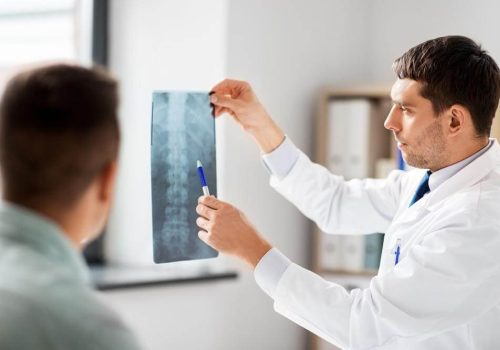
Types of physical treatments to heal cervical disc
In the first step, the doctor goes to drug therapy and tries to treat the damaged disc in this way. But if this process is unsuccessful, he uses other types of treatments such as physiotherapy, ultrasound, acupuncture, epidural nerve root injection, Pilates, medical necklace, etc. If health is not achieved for a person within a period of 6-8 weeks, he goes to the most effective treatment method, i.e. cervical disc surgery.
Familiarity with different types of cervical disc surgery
Cervical disc surgery is not performed in a single method and has different types depending on the patient’s condition. Cervical disc surgery from the front, cervical disc surgery from the back, simultaneous cervical disc surgery (360 degrees) and laser cervical disc surgery are some of the different types of cervical disc surgery available.
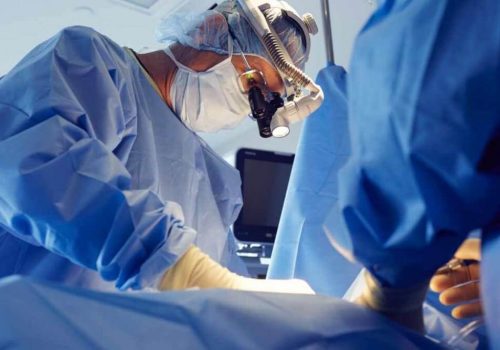
Cervical disc surgery from the front
In this method, the surgeon first determines the exact location of the lesion with the help of radiography, and then reaches the disc from the front of the neck by bypassing the muscles and vessels. Then, with the help of surgical tools, he drains the removed joint fluid and releases the bones that cause nerve pressure.
Cervical disc surgery from the front
In surgery from the back, after making a cut, the muscles and bones on the spinal cord are pushed aside and drain the leaked cartilage fluid. In case of a ruptured disc, the doctor performs several procedures at his discretion in order to repair the problem. Artificial disc replacement, fusion, screw placement, or bone grafting are all suggested options.
360 degree cervical disc surgery
In situations where the cervical disc is severely narrowed or extra pressure is applied to the spinal cord or nerve roots, as a result, the patient’s condition is critical and acute, 360 degree cervical disc surgery is used. In this method, the surgeon performed the operation simultaneously from the back and front of the neck to quickly remove the created risk.
Laser neck disc surgery
In laser neck disc surgery, only a small incision is needed to enter the optical fiber into the disc. With laser radiation by optical fiber into the disc, the gelatinous material is vaporized and the joint fluid is returned to the disc automatically. Not making an incision with a surgical knife, faster recovery and no need for an artificial disc are the advantages of this surgery.

People who need neck disc surgery
Considering that alternative surgeries are a priority, but if you suffer from osteoporosis, infection, inflammation, joint diseases, allergies to steel alloys, the only treatment for you is to perform cervical disc surgery.
Care after cervical disc surgery
It is claimed that cervical disc surgery does not cause much restrictions for patients and they are quickly discharged from the hospital after 1 to 2 days and have no restrictions on doing daily tasks. Nevertheless, it is better to observe these things after the operation:
Avoid getting the stitches wet in the early days to prevent infection
Proper sleeping, sitting and getting up
Cleaning the wound with sterile gauze and dressing
Taking antibiotics and prescription drugs
Use of medical necklaces
And … .

The last words of the cervical disc surgery chapter:
Remember, do not pay attention to the rumors related to cervical disc surgery that this operation is dangerous, and as soon as you feel pain and discomfort in the neck vertebra or numbness in the hand, be sure to see a doctor. The sooner the cervical disc is diagnosed and operated, the faster recovery is possible. Most of the worries about this surgery are unfounded, because all the patients have expressed their high level of satisfaction after the treatment.




